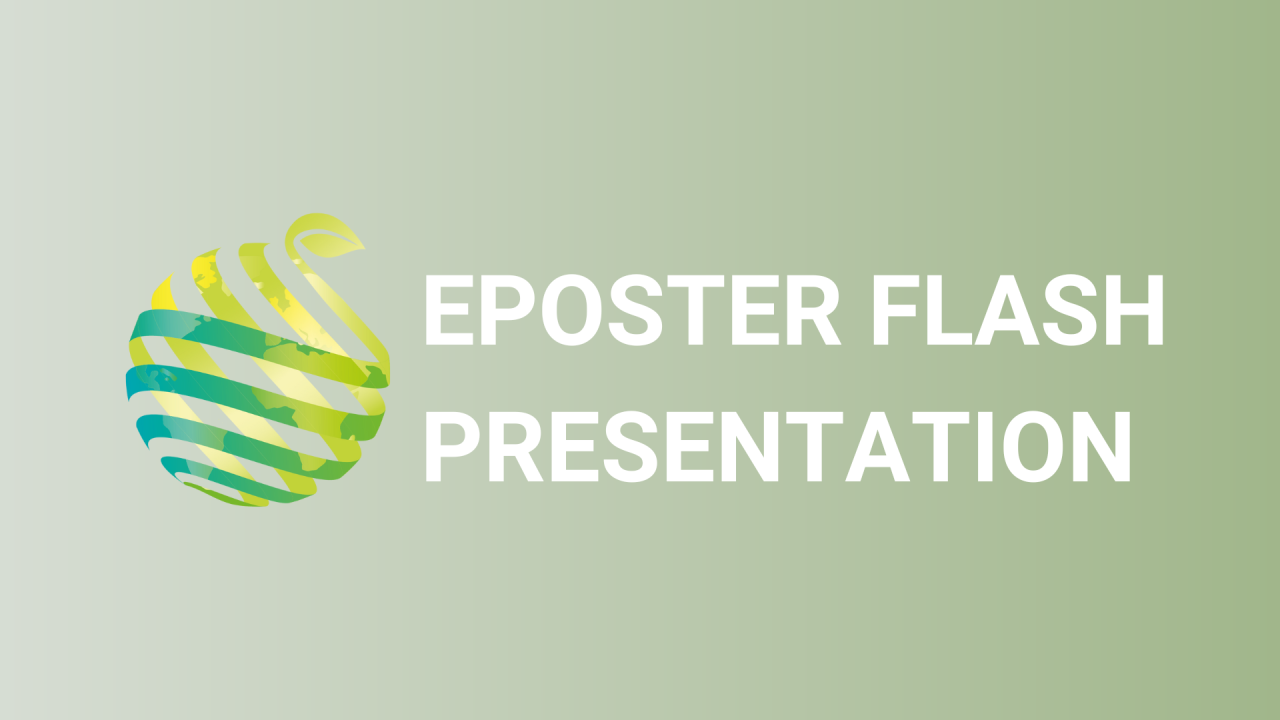

S14 - Session P4 - Integrated application of nanomaterial and fungicide to interfere the fungicide resistance of phytopathogen
Information
Authors: Yi-Chi Chen, Tao-Ho Chang, Han-Yu Hsueh, Jenn-Wen Huang, Pi-Fang Linda Chang *
Fungal pathogens can evolve the resistance to fungicides, which causes a severe issue in human health and agriculture. In agriculture, the widely and frequently application of chemical fungicides has made the fungicide resistance developed on many phytopathogens. For instance, the strawberry anthracnose pathogen, Colletotrichum spp., has been reported to have more than half of the strains that resist to trifloxystrobin (a strobilurin fungicide) in Taiwan. More importantly, the fungicide resistance of Colletotrichum spp. caused severe defects for strawberry production. Therefore, developing novel substitutes for preventing pathogens' fungicide resistance is critical. Our research examined the fungicide sensitivity of 20 Colletotrichum spp. strains, collected from the strawberry fields, by turbidimetric assay. The growth curves were used to calculate minimum inhibitory concentration (MIC) of trifloxystrobin to the tested Colletotrichum spps. The trifloxystrobin-resistant Colletotrichum spp. were then used for assessing the sensitivity to trifloxystrobin after integrated with nanomaterials. Our research found that the integrated application of nanomaterial and trifloxystrobin significantly decreased the fungicide resistance of Colletotrichum spp. More importantly, the synergistic effect of this integrated application was significant with a low concentration of trifloxystrobin. In addition, our in planta results also suggested that the integrated application of nanomaterial and trifloxystrobin significantly control the strawberry anthracnose. Our research suggests the potential of the integrated application of nanomaterials and fungicides on disease control. We expect that this method could reduce not only the risk of fungicide resistance but also the fungicide residues. Application details and mode of actions of this integrated method will be investigated in the future.